Construction News
25/01/2019
An Ideal Ventilation Solution For Sports Facilities
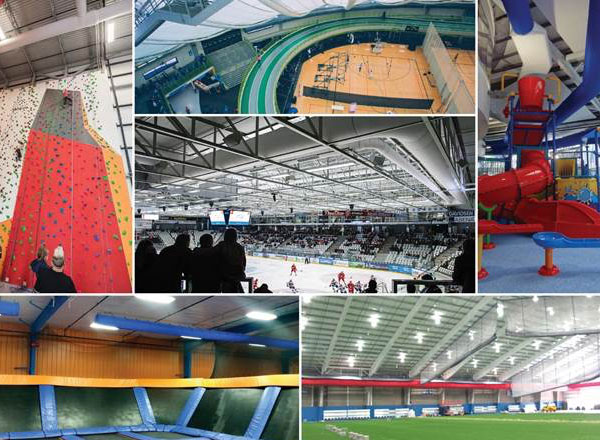
The indoor climate in sports facilities places special requirements on the ventilation solution. It changes significantly over the week and year, depending on what activities are going on inside the facility. Moisture and odours from athletes and spectators affect the air. Therefore, it is important that the ventilation solution is designed to handle these changes in humidity, temperature, etc. without creating discomfort for the people using the facility.
Sports facilities cover a number of different application types, each of which requires its own unique solution. It makes is a huge difference whether the solution is designed for a larger ice rink or a smaller fitness centre; a swimming pool or a changing room. Using CFD (Computational Fluid Dynamics), engineers can optimise the airflow relative to the room, thus ensuring the ideal air distribution.
Each application requires a thorough assessment of the important parameters. These can be room dimensions, the primary purpose of the air, the risk of corrosion, special temperature requirements, elements affecting the induction patterns and so on. Thus, sports facilities also place great demands on the flexibility of the solution.
Common to these applications is the need for a flexible solution, high comfort in the occupied zone and the elimination condensation risks incl. resulting corrosion, regardless if the dispersed air is cold, hot or isothermal.
The best suited dispersion technology for sports facilities is therefore fabric ducting. It is the solution that offers the greatest design flexibility while eliminating the risk of condensation and corrosion. Textile channel systems are designed for the specific application. This means that flow models and dispersion patterns can be completely adapted to the individual needs.
The design flexibility covers all elements, such as the duct profile, type of fabric and its permeability, flow models and flow patterns, as well as the suspension method. The system is tailor-made and arrives ready for installation, in typically less than two weeks from the order is released for production.
In low ceiling applications, e.g. fitness room and changing rooms, surface technology and/or directional short throws will typically be the preferred flow models. The permeability of the fabric and perforated flow models ensure a high air change with a low air velocity. Uncomfortable drafts are thus avoided without compromising the indoor climate and air quality. Permeable surfaces also prevent the formation of condensation on the ventilation ducts, and with the proper pre-filter, microperforations can make the ducts virtually maintenance-free because dust and other particles do not settle in or on the ducts.
Multi-arenas are a good example of larger sports facilities with high ceilings. Here the typical solution will be designed with a combination of surface technologies and directional throws. This results in condensation-free ducts and optimum induction. Depending on the need for precision, the system is designed with perforations or nozzles, and the throw length is adapted to the room dimensions, so that unpleasant drafts are avoided.
Textile channels can be included as an almost invisible part of the design, such as in Arena Aabenraa in Southern Denmark where black ducts integrate with the ceiling structure. As a result, the ventilation system is not a visually disturbing element when the multi-arena is used for larger sports events or concerts.
The new Sports City in Espergærde, Denmark is also made with textile ducts in both multi-arena and squash courts and we also delivered air dispersion solution for the 2018 Mediterranean Games in Tarragona, Spain. Textile ducts are well suited for ball games, as they are not damaged if hit by a striking ball, which is actually also a core argument for industrial production facilities where trucks occasionally hit the systems. The duct's flexibility is a distinctive feature of textile-based air dispersion technology and a point where the technology differs markedly from metal and plastic alternatives.
Ice rinks is an application type that places unique demands on the ventilation system and it is an area in which FabricAir has great experience. We have delivered solutions for ice rinks across Europe and North America. The air above the ice should be 3°C to avoid fog over the ice, while the temperature of the spectator seats should be at least 12°C for visitors' comfort.
The textile channels are also distinguished by weighing far less than conventional metal solutions. Therefore, they are suitable for retrofitting in existing buildings. They weigh as little as 300g / m2 despite the fact that they provide a much better air distribution than the other technologies on the market. They can therefore easily be retrofitted in older sports facilities.
Since the very beginning in 1973, even air distribution, no drafts and no condensation have been at the heart of FabricAir's innovative technology. This is why technology quickly spread across application types and national borders. More than 40% of all countries in the world today use this fabric-based air dispersion technology because comfort, design freedom and other important features, such as condensation-free, are essential parameters in choosing the ideal ventilation solution for sports facilities.
Sports facilities cover a number of different application types, each of which requires its own unique solution. It makes is a huge difference whether the solution is designed for a larger ice rink or a smaller fitness centre; a swimming pool or a changing room. Using CFD (Computational Fluid Dynamics), engineers can optimise the airflow relative to the room, thus ensuring the ideal air distribution.
Each application requires a thorough assessment of the important parameters. These can be room dimensions, the primary purpose of the air, the risk of corrosion, special temperature requirements, elements affecting the induction patterns and so on. Thus, sports facilities also place great demands on the flexibility of the solution.
Common to these applications is the need for a flexible solution, high comfort in the occupied zone and the elimination condensation risks incl. resulting corrosion, regardless if the dispersed air is cold, hot or isothermal.
The best suited dispersion technology for sports facilities is therefore fabric ducting. It is the solution that offers the greatest design flexibility while eliminating the risk of condensation and corrosion. Textile channel systems are designed for the specific application. This means that flow models and dispersion patterns can be completely adapted to the individual needs.
The design flexibility covers all elements, such as the duct profile, type of fabric and its permeability, flow models and flow patterns, as well as the suspension method. The system is tailor-made and arrives ready for installation, in typically less than two weeks from the order is released for production.
In low ceiling applications, e.g. fitness room and changing rooms, surface technology and/or directional short throws will typically be the preferred flow models. The permeability of the fabric and perforated flow models ensure a high air change with a low air velocity. Uncomfortable drafts are thus avoided without compromising the indoor climate and air quality. Permeable surfaces also prevent the formation of condensation on the ventilation ducts, and with the proper pre-filter, microperforations can make the ducts virtually maintenance-free because dust and other particles do not settle in or on the ducts.
Multi-arenas are a good example of larger sports facilities with high ceilings. Here the typical solution will be designed with a combination of surface technologies and directional throws. This results in condensation-free ducts and optimum induction. Depending on the need for precision, the system is designed with perforations or nozzles, and the throw length is adapted to the room dimensions, so that unpleasant drafts are avoided.
Textile channels can be included as an almost invisible part of the design, such as in Arena Aabenraa in Southern Denmark where black ducts integrate with the ceiling structure. As a result, the ventilation system is not a visually disturbing element when the multi-arena is used for larger sports events or concerts.
The new Sports City in Espergærde, Denmark is also made with textile ducts in both multi-arena and squash courts and we also delivered air dispersion solution for the 2018 Mediterranean Games in Tarragona, Spain. Textile ducts are well suited for ball games, as they are not damaged if hit by a striking ball, which is actually also a core argument for industrial production facilities where trucks occasionally hit the systems. The duct's flexibility is a distinctive feature of textile-based air dispersion technology and a point where the technology differs markedly from metal and plastic alternatives.
Ice rinks is an application type that places unique demands on the ventilation system and it is an area in which FabricAir has great experience. We have delivered solutions for ice rinks across Europe and North America. The air above the ice should be 3°C to avoid fog over the ice, while the temperature of the spectator seats should be at least 12°C for visitors' comfort.
The textile channels are also distinguished by weighing far less than conventional metal solutions. Therefore, they are suitable for retrofitting in existing buildings. They weigh as little as 300g / m2 despite the fact that they provide a much better air distribution than the other technologies on the market. They can therefore easily be retrofitted in older sports facilities.
Since the very beginning in 1973, even air distribution, no drafts and no condensation have been at the heart of FabricAir's innovative technology. This is why technology quickly spread across application types and national borders. More than 40% of all countries in the world today use this fabric-based air dispersion technology because comfort, design freedom and other important features, such as condensation-free, are essential parameters in choosing the ideal ventilation solution for sports facilities.

05/02/2025
Stockport Mayoral Development Corporation (MDC) and ECF, a joint venture between Homes England, Legal & General, and Muse, have selected Vinci as the preferred contractor for Phase 1 of Stockport 8, a £350 million residential development west of Stockport town centre.
The decision follows a competi
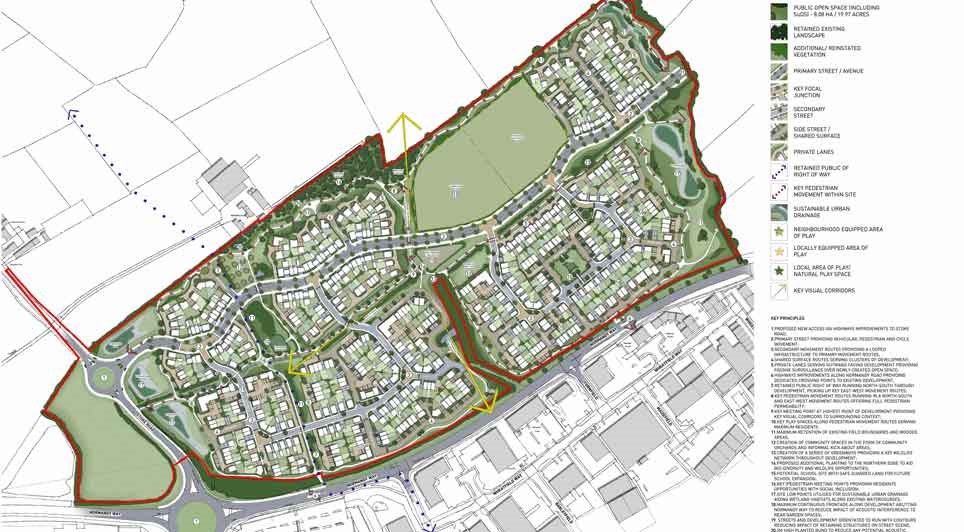
05/02/2025
Vistry Group has finalised contracts for a significant housing development in Hinckley, Leicestershire, securing outline planning permission to deliver 475 new homes in the area.
The development, located east of Stoke Road and north of Normandy Way in the town's northern region, has a projected val

05/02/2025
Wilten Construction has been awarded a second Design and Build contract at Gateway 14 by client Gateway 14 Ltd and Jaynic.
The project involves the development of a state-of-the-art, three-storey Skills and Innovation Centre spanning 35,000 sq ft in the heart of Gateway 14. Designed to achieve BREE
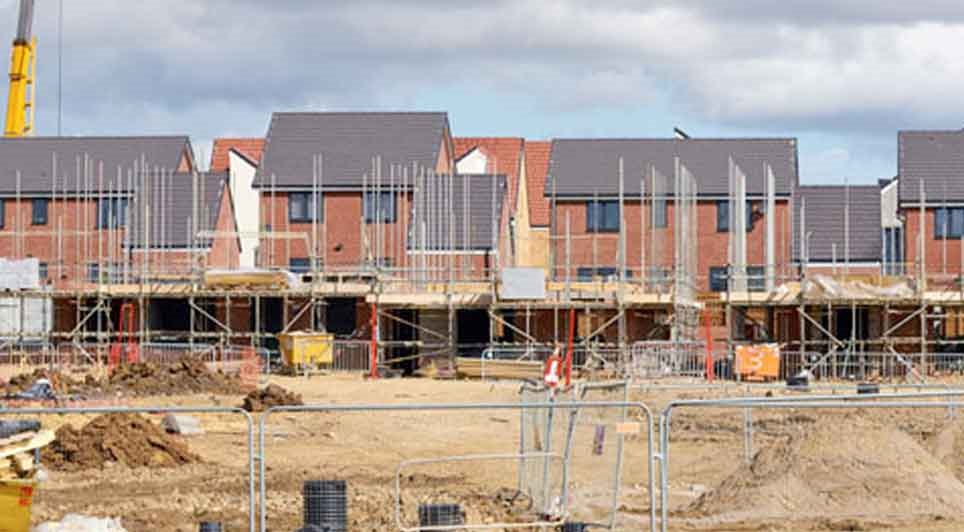
05/02/2025
Knowsley Council has approved a major housing development in Kirkby, giving the green light to 800 new energy-efficient homes in the town's centre.
The decision also secures £7.7 million in Section 106 contributions from developer Barratt David Wilson Homes, further boosting local investment.
The
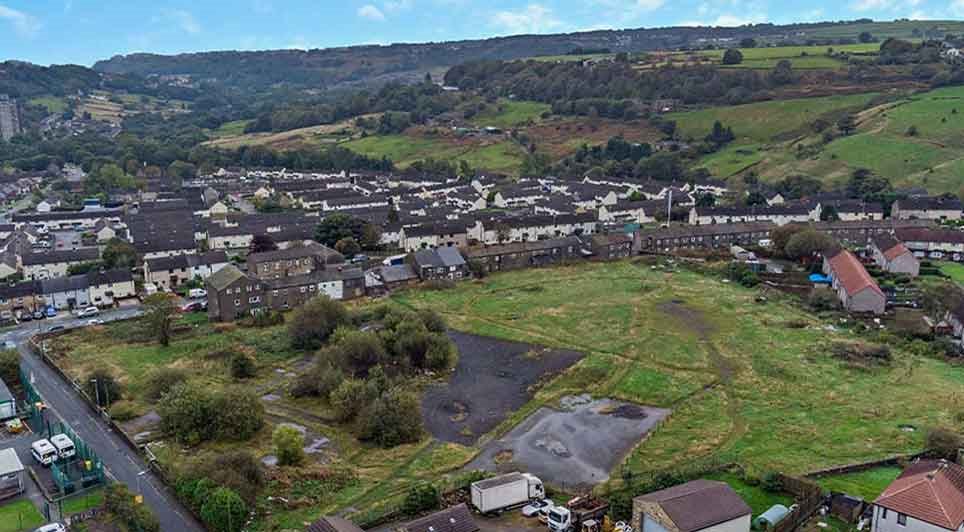
05/02/2025
Keepmoat Homes has announced plans to invest over £50 million in three new housing developments across Calderdale, aiming to deliver more than 200 new homes.
The developments, undertaken in partnership with Calderdale Council, form part of the North Halifax Transformation Programme, a local authori
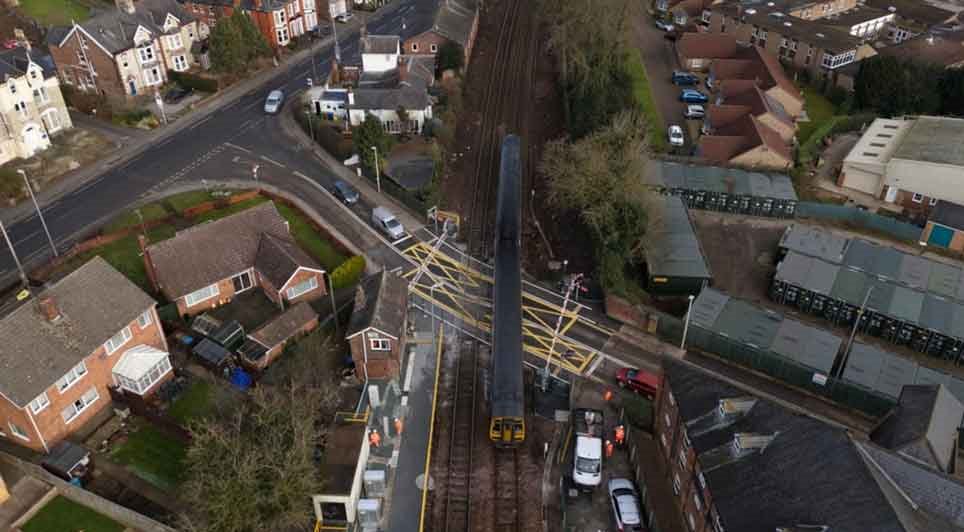
05/02/2025
Essential renewal work at Skerne Road level crossing in Driffield has been completed. Over a six-day period, engineers replaced decades-old equipment, installing a state-of-the-art operating system, replacing the level crossing deck, and resurfacing the road.
The newly installed operating system is
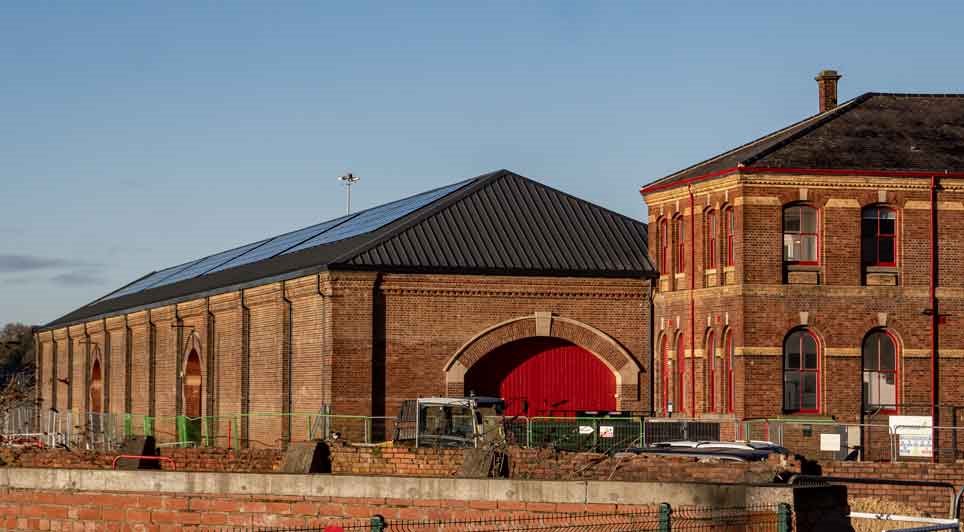
05/02/2025
Construction firm GRAHAM is currently carrying out essential restoration work at the National Railway Museum in York, replacing the Grade II listed roof structure at Station Hall.
Originally built between 1875 and 1877 as a goods station, Station Hall now houses the museum’s six royal carriages.

05/02/2025
Mezzanine floors are commonly associated with additional storage or expanded floor space, but did you know they can also have a profound impact on employee productivity and morale? At Doity Engineering, we specialise in designing and installing mezzanine floors for
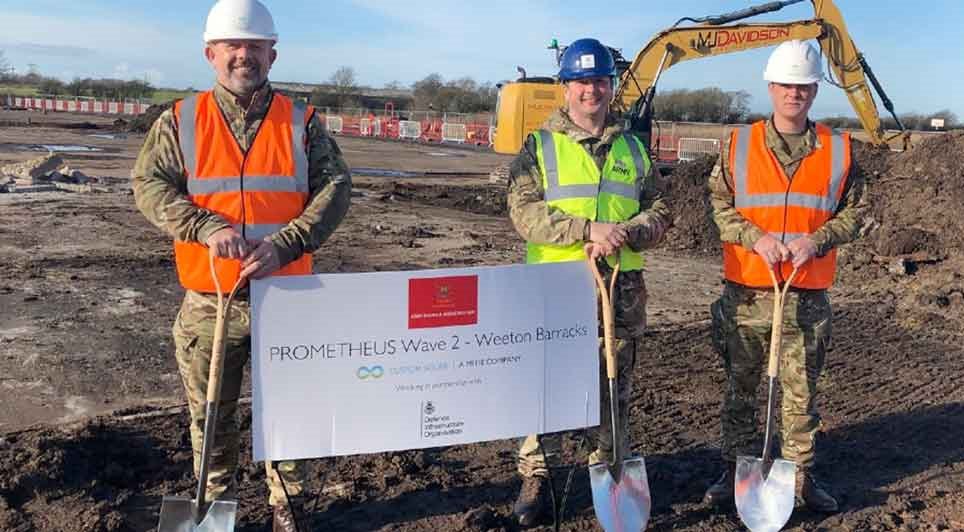
05/02/2025
Construction work is commencing on a new solar array at Weeton Barracks in Lancashire that will generate over one third of the site’s energy needs.
The work has been funded under the British Army’s Project Prometheus, a scheme that is increasing renewable energy across the army estate through inst
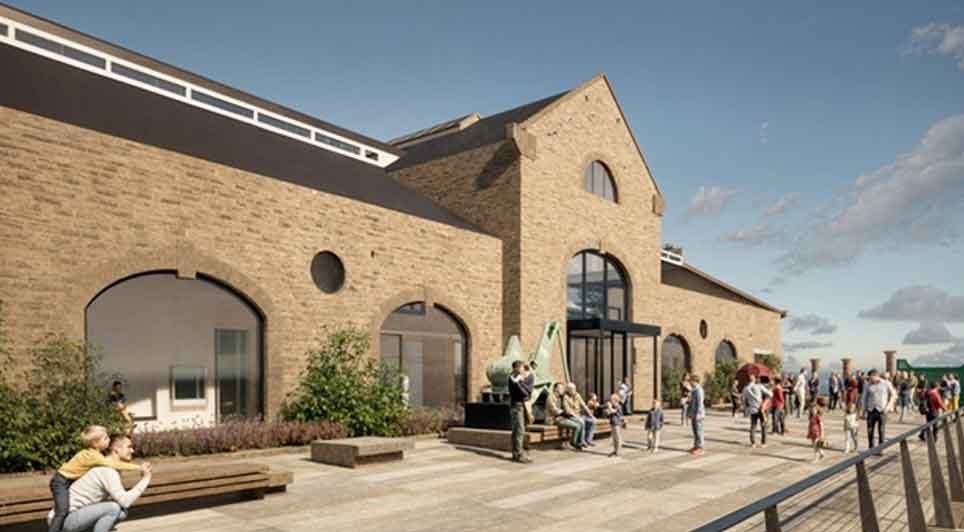
05/02/2025
The regeneration of Hartlepool's waterfront has reached a significant milestone with a £631,000 grant from The National Lottery Heritage Fund.
The funding will support the development phase of the 'Tides of Change' project, aimed at transforming the visitor experience at the Museum of Hartlepool a
 UK
UK Ireland
Ireland Scotland
Scotland London
London











